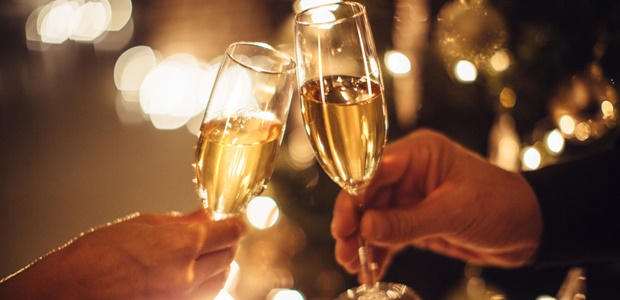Bubbles are bubbles – right? Not really, because there are many different types of fizz, and lots of different ways of describing them on the label. Here are a few words and phrases you need to know in order to choose the best fizz for you this Valentine’s Day.
ALSO READ: Bubbly for beginners: All you need to know about sparkling wine
MCC vs Champagne
South Africa cannot make Champagne – that’s the preserve of a small community of growers in northern France. However – we can make a wine in exactly the same way as Champagne is made and when we do, we call it Méthode Cap Classique or MCC.
I’ve been enjoying Silverthorn’s MCC’s more than most others this year – how the Jewel Box 2012 (R285) didn’t get 5 Stars in Platter is beyond me! – but if your budget is a little more modest, give the excellent Simonsig Kaapse Vonkel (around R100) a go instead. If you do want to go French, you can get Dom Perignon 2006 from Wine Cellar for R2,050 or the more everyday but very delicious Comtesse Alexia from Woolworths for R379.
Blanc de Blanc
This literally means ‘white wine from white grapes’ – sometimes it’s more than one type of white grape, in which case it’s ‘Blanc de Blancs’. Generally, it’s made from Chardonnay although Chenin Blanc is quite common in SA. Try the Blanc de Blanc 2012 from Rickety Bridge (R240), an award-winning stunner of a wine with lots of zesty citrus and creamy ginger nut notes whilst for sheer good value, you’ll find it hard to ever beat Laborie whose Blanc de Blanc comes in at around R90.
RD
‘RD’ are two letters which we’re not accustomed to see on the labels of bubblies in SA. It stands for ‘Récemment Dégorgé’ or ‘Recently Disgorged’ and was first used in the 1960’s by Bollinger. It’s a vintage fizz which spends an extended time on the lees before they are removed and the bottle is ready for sale. Krone have launched the first RD in SA (although I have tasted a 1992 from Graham Beck and I strongly suspect they will release one soon as well) – the 2001 which spent 15 years soaking up the yeasty notes. It’s fab stuff – lovely flavours, great bubbles, endless finish. Available from specialist wine shops at around R300.
Rosé
Okay, so maybe this isn’t that complicated! But here’s an interesting fact – pink Champagne is the ONLY European rosé wine allowed to be made from blending red and white wine. All others must be made solely from black grapes – now you know! Try the Rickety Bridge Rosé NV (R145) for a burst of Summer red berries or the elegant and yeasty Le Lude (R195) which enjoys a full 3 years on the lees.
Zero Dosage
Also sometimes described as ‘Brut Zero’ or ‘Brut Sauvage’ this means that no sugar has been added prior to inserting the cork. Most fizz is very high in acidity and a touch of sweetness is no bad thing but this style prefers to rely on fresh, zesty flavours, often softened by extended lees contact. The Graham Beck Brut Zero 2011 (R280) is a revelation, pure and steely with delicious salty undertones finishing with endless length and class.
Any other words on the label which confuse you? Ask us below in the comments section and we’ll fill you in!
For more wine-soaked fun, follow Cathy Marston on Twitter @cathymarston

